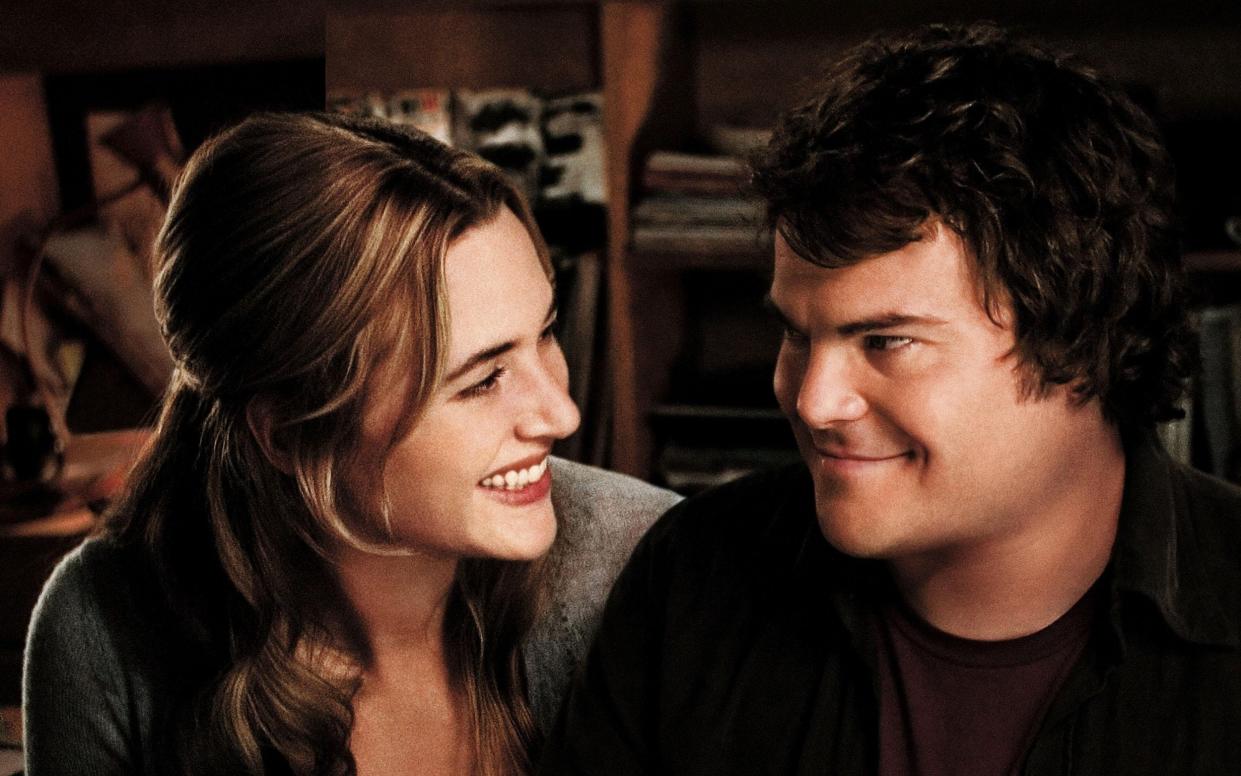Why Netflix dumped their $150 million romcom

What on earth would a romantic comedy look like if it cost as much to make as Top Gun: Maverick? Thanks to Warner Bros, we may be about to find out. Since January, Nancy Meyers has been preparing to shoot Paris Paramount, an all-star romance with Scarlett Johansson, Owen Wilson, Penélope Cruz and Michael Fassbender. Set in the film business, and drawing inspiration from Meyers’s own 19-year former marriage to the director Charles Shyer, it will be the romcom auteur’s first feature since 2015’s rockily received (though still perfectly successful) The Intern.
Meyers was developing the project at Netflix, though when her proposed budget – “at least $150 million”, according to The Hollywood Reporter – landed on the desk of Scott Stuber, their head of film, the plug was unceremoniously pulled. (The piece noted that $130 million was the streaming platform’s hard upper limit.)
Two or three years ago this story could have turned out differently, when Netflix was sinking $200 million into the diabolical likes of The Gray Man and Red Notice. But as subscriber numbers stall across the industry and the streaming gold rush slows, Meyers’ latest opus was evidently deemed too costly for comfort.
Except by the old-fashioned reckoning, it might still add up. Less than 24 hours after Paris Paramount was dumped by Netflix, it was reportedly being circled by Warner Bros, whose theatrical business model could make sense of its eye-watering outlay. High-end streaming films are so expensive in part because their stars can’t be offered a cut of their box office takings, rental fees or home entertainment sales (because there essentially are none): the whole pay cheque has to come up front.
But the rhythms of a traditional release – first cinemas, then home rental, then physical media, then finally broadcast – spreads the risk somewhat. If the film hits, everyone’s happy, and gets paid. And if it flops – well, at least the toll wasn’t quite so ruinously high, and everyone can move on with their lives.
And here’s one distinctive feature of Nancy Meyers films: however expensive they may be, they simply do not flop. In 2009, It’s Complicated recouped its budget almost three times over during its theatrical run alone. The Holiday – which cost $85 million in 2006, making it the most expensive romantic comedy ever made at the time – broke even in cinemas before becoming an enormous festive hit on DVD and later TV. In 2000, What Women Want was the fourth highest grossing film worldwide, taking more than X-Men, Charlies Angels and even the awful Jim Carrey Grinch thing.
True, romantic comedy isn’t the blockbuster genre it was back then, and success in the field looks less like meaningful cultural impact than virality among a small but obsessed fanbase. (I haven’t seen Netflix’s cheap and cheerful Kissing Booth trilogy, and have no immediate plans to rectify that, but they rank among the company's most-rewatched features.)
And equally true: you only have to look to Raine Allen-Miller's gorgeous Rye Lane, the London-set romcom opening in UK cinemas this weekend, to see the form can flourish on a tiny budget. Chemistry is cinema's great leveller: it can't be bought. But I'm not even sure we should be thinking of Nancy Meyers's films as romantic comedies in the first place. Rather they feel like their own strange phenomenon, as collectively distinctive as the ouevres of David Fincher or Quentin Tarantino, and therefore immune to such shifts in popular taste?

A few years ago, the pop culture site Vulture convincingly argued the case with a “chaotic taxonomy of the Nancy Meyers Cinematic Universe”, which identified the many recurring themes throughout her work. One of them was the importance of the kitchen: a sanctuary for her heroines, and invariably decorated with such transcendent tastefulness they make the average LivingEtc photospread look like Gollum’s cave. If Meryl Streep’s chocolate croissant-rolling sanctum sanctorum in It’s Complicated was obtainable for $80 million, what sort of facility could be conjured on a film with almost twice that budget? This is exactly the sort of question cinema should be answering on our behalf.
Yes, really. If you had to pin down Meyers’ style in a single adjective, it wouldn’t be romantic or sensual or funny but aspirational: a huge part of the escapist fun of them is knowing (and seeing) that ridiculous sums of money have been spent on the coffee-table-book perfection of their worlds. And this goes far beyond kitchens. In the eight-part podcast series The Holiday Season, about the making of The Holiday, there is a very funny episode in which Jude Law reminisces about an almost endless costume fitting in which he was required to try on around 40 nearly identical pairs of designer jeans, while Meyers looked on studiously, weighing the optimal snugness and drape.
Exactly how much of a role those jeans played in The Holiday’s extraordinary success is of course impossible to say. But we can say that the film probably wouldn’t have been as widely swooned over had Law been togged out in head-to-toe Primark. I don’t know if giving Meyers $150 million makes commercial sense any more, but I do know I’m desperate to see how she’d spend it.


